big tree dividing a city drawing
The Trees in Cities Challenge invites mayors worldwide to join a movement of change-makers sharing best practices and experience on sustainable urban forestry with peers. By participating in the Challenge – by planting and growing trees - you make your city more resilient, healthy and livable.
PARTICIPATING CITIES
Aarhus
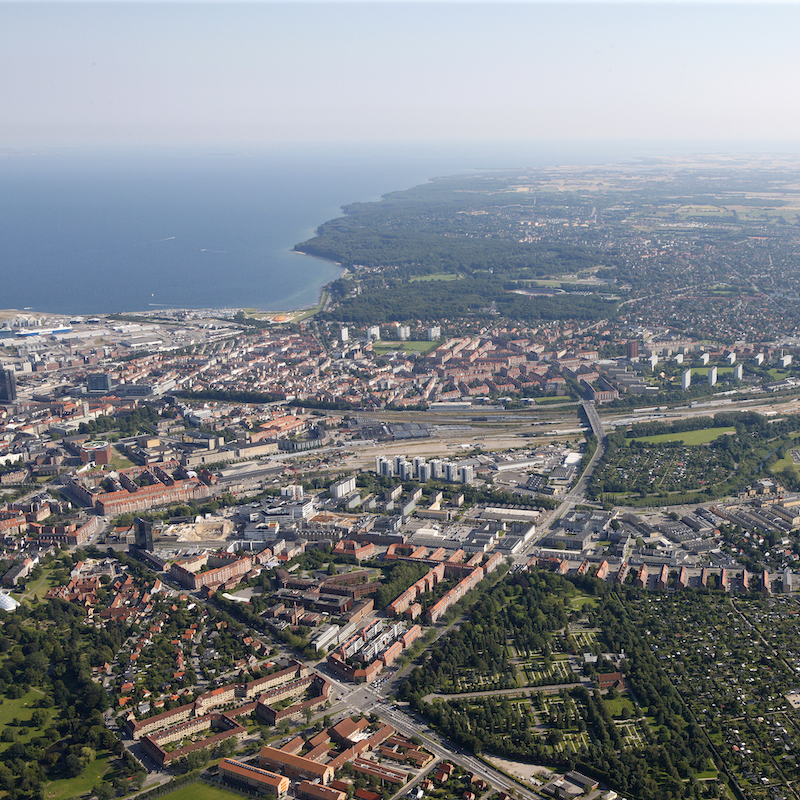
With a population of 350,000 people, Aarhus is the second-largest city in Denmark. The city dates back to the late 8th century and has been growing rapidly for the past 20 years. Believing that city development and a green transition can go hand in hand, Aarhus has goals to reach net zero emissions by 2030. Afforestation and planting trees in urban areas is a part of the plan to reach that goal. By participating in the "Trees in Cities Challenge" Aarhus aims to increase the number of trees in the city to unlock all the benefits that trees and forests in urban environments provide. Therefore Aarhus pledges to plant 77,800 trees by the end of 2022.
Ashgabat
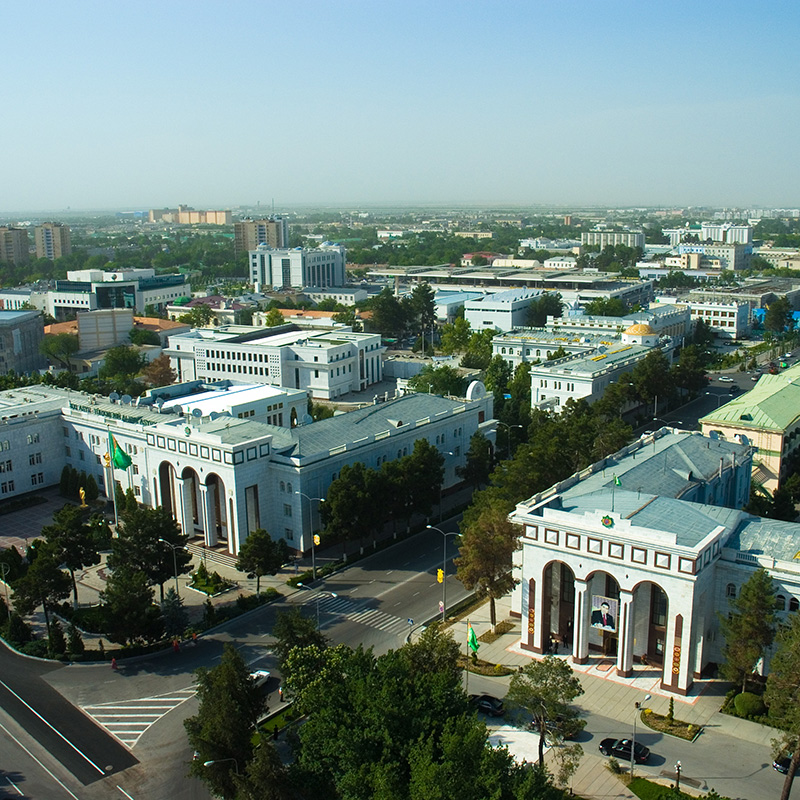
Ashgabat, the capital of Turkmenistan, has a population of approximately 900,000 people. Ashgabat aims to tackle the issues caused by rapid urbanization by participating in the project "Sustainable Cities in Turkmenistan: Integrated Green Urban Development in Ashgabat and Awaza" led by UNEP and UNDP in cooperation with the Ministry of Environment of Turkmenistan. The project covers sustainable urban development in the capital including the development of city-wide sustainability plans. As part of Turkmenistan's "National Forest Program" with the goal of planting 10 million new trees throughout the country, Ashgabat made a pledge under the "Trees in Cities Challenge" to plant 1.6 million new trees of various species including fruit trees.
Athienou
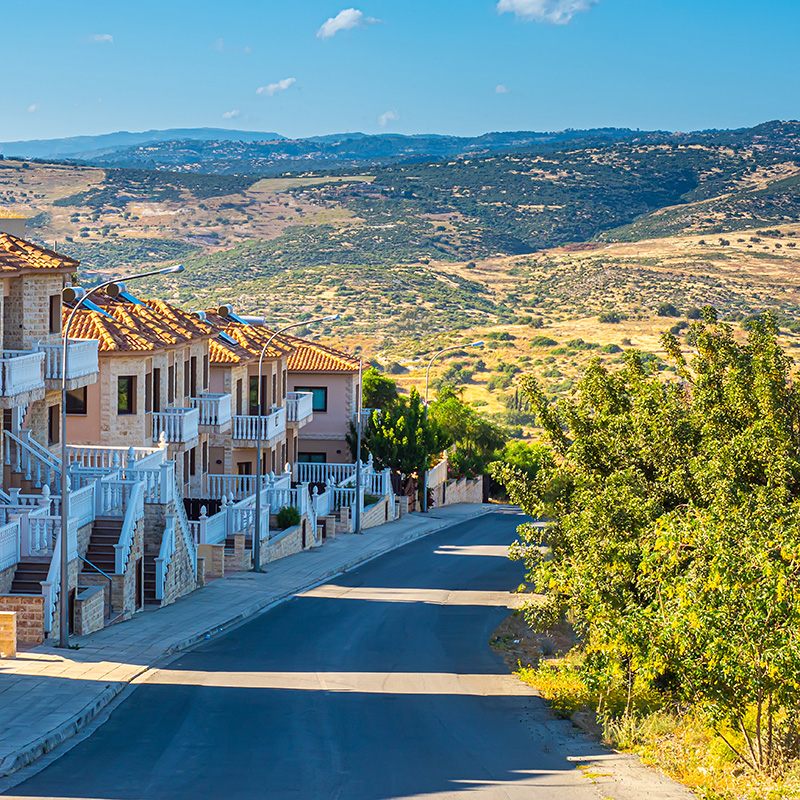
The Cypriot municipality Athienou, located in the Larnaca region of the island, is home to around 5,000 inhabitants. In its pledge to the "Trees in Cities Challenge", the municipality highlighted the need to strengthen its resilience to climate change, enhance its liveability and contribute to the goals of the 2030 Agenda for Sustainable Development. Athienou implemented its pledge in 2020 by planting 1,500 trees in parks and picnic areas throughout the municipality and will continue these efforts in 2021.
Augsburg
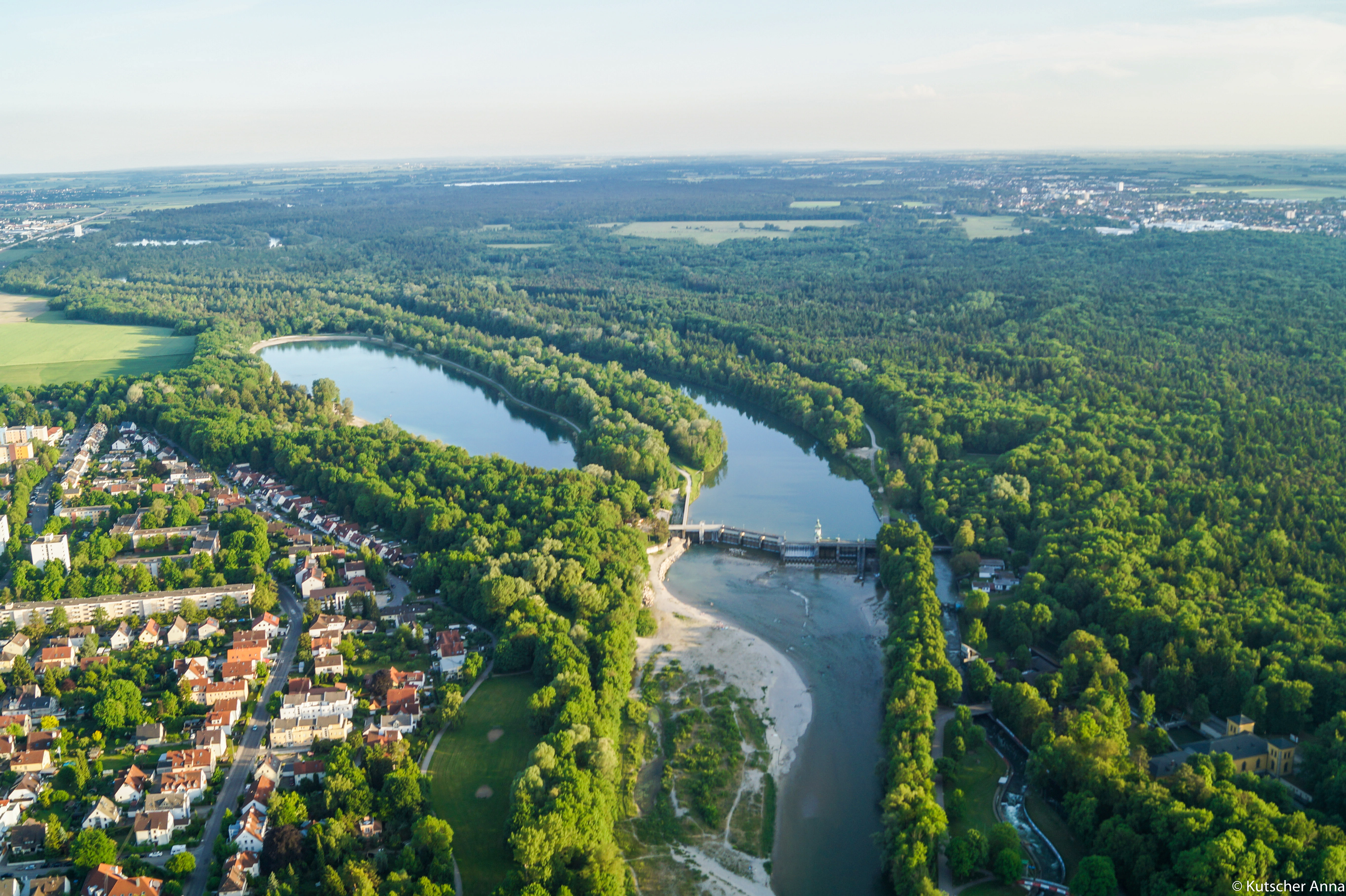
With a population of about 330,000, Augsburg is located on the banks of the River Lech in western Bavaria. Managing 7,000 hectares of forest, Augsburg is Germany's second largest urban forest owner. Through the "blue city" concept, Augsburg is striving to contribute to climate action through resource-saving innovations, digital technologies and joint action. Augsburg aims to become Bavaria's most climate-friendly city. 20% of the urban area in Augsburg is covered by tree canopy. The city also manages many hectares of heath land and nature reserves. The City Forest serves as a drinking water protection area for the urban population. Augsburg's Forest Pavilion ("Waldpavillon") museum, supports forestry-related environmental education for both children and adult visitors.
Barcelona
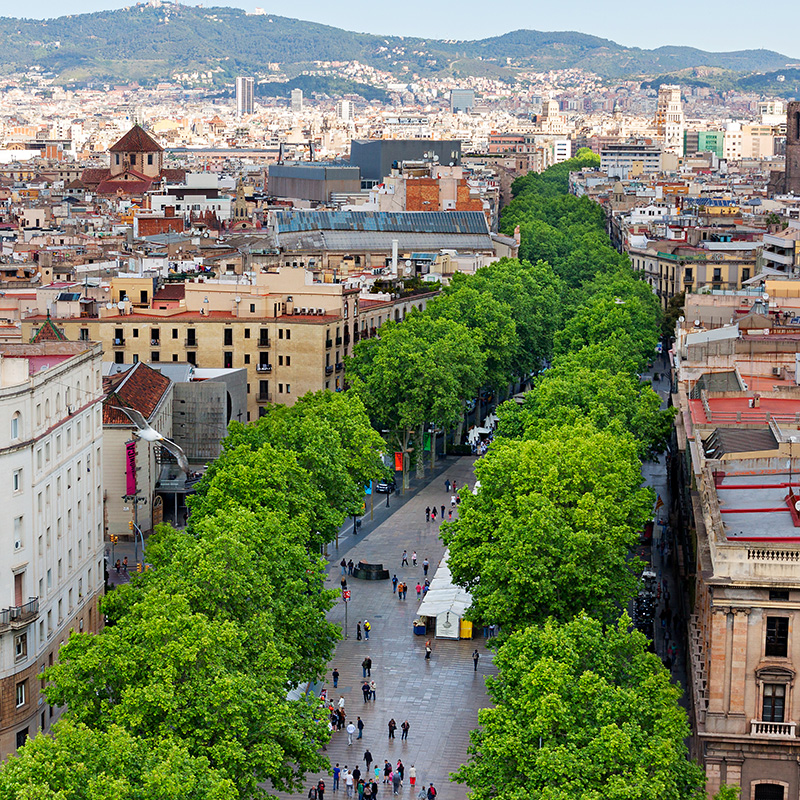
With a population of over 1.6 million, Barcelona is the second-largest city in Spain and is located on the Mediterranean coast. The local authorities understand the planting of trees to be a simple but powerful way to create more sustainable and resilient cities. This is reflected in the "Nature Plan 2020-2030", aimed at increasing the city's canopy cover by 100 hectares and the "Master Plan for Barcelona's Trees 2017-2030". The city wants to be even greener and thus introduced a 10-year plan – the superblock model "Superilla Barcelona" – that will turn 1-in-3 streets in the commercial and residential area into green zones. The city's recent participation in the "Trees in Cities Challenge" aligns well with such existing efforts. Barcelona pledged to plant almost 8,000 new trees throughout 2021 and 2022.
Barcarena
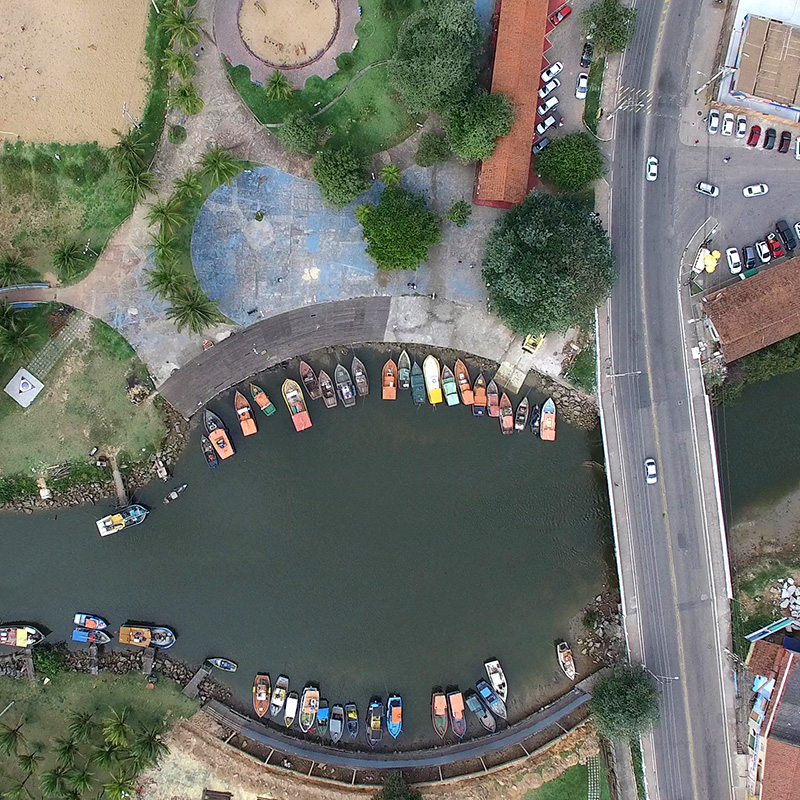
Barcarena is a city in the Northern state of Pará in Brazil inhabited by around 115,000 residents. The canopy cover in Barcarena is low which is addressed by the city's participation in the "Trees in Cities Challenge" aimed at improving the living quality of its residents and developing the "Urban Afforestation Plan". In preparation for the planting activities, Barcarena identified low canopy spaces within its urban area followed by on-site assessments in 70 locations. The city implemented its pledge of 1,000 new trees, planting them along streets and in public areas.
Bonn
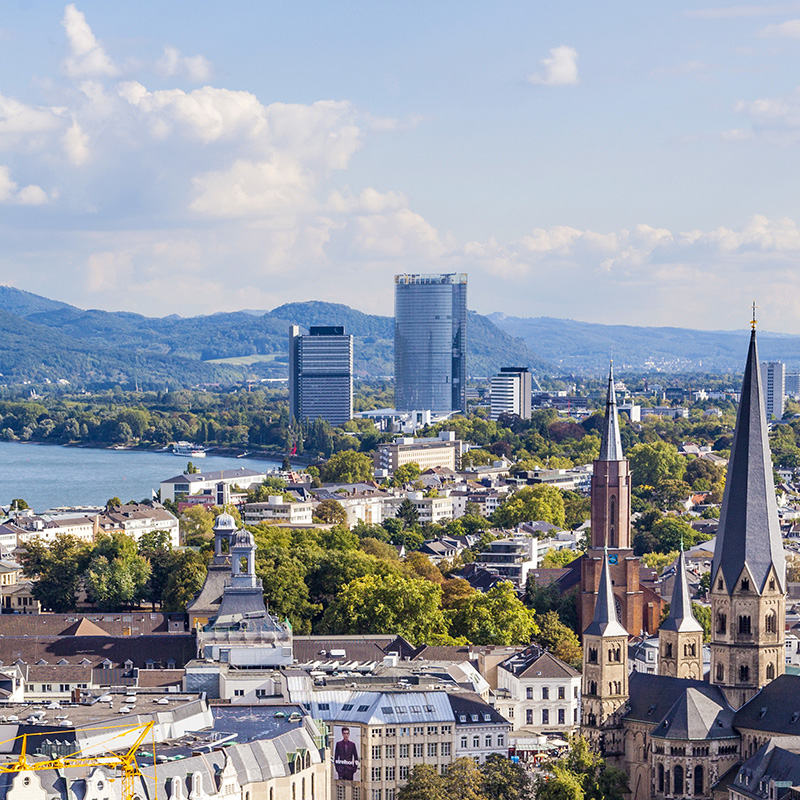
Bonn is located in western Germany on the river Rhine and has a population of 327,000. The city has high ambitions to become more sustainable as reflected in its "Energy and Climate Protection Masterplan" that includes the goal of a CO2-emission reduction between 90-95 percent by 2050. Bonn's sustainability efforts are reflected in the participation in the "Trees in Cities Challenge". Pledging to plant 25,000 new trees, Bonn aims to improve its city forest, green up its urban area and raise citizen awareness of the benefits of urban trees and forests. The latter is done with the "House of Nature", an educational centre with a focus on forests and nature. To date, 12,000 trees have been planted in the city forest and 600 trees along streets using mainly native species. Bonn was recognized as "European Forest City 2020" by the European Forest Institute.
Bratislava
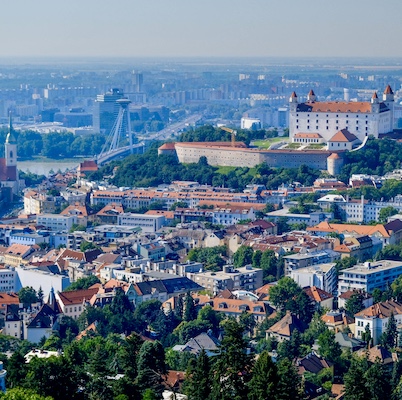
With a population of more than half a million people, Bratislava is the capital and the largest city in Slovakia. The Bratislava municipality is now increasingly aware of the importance of the fight against the climate crisis. One of the most important measures is simply planting trees. Therefore, Bratislava is implementing a plan for the systematic renewal and sustainability of woody plants as part of the 10,000 trees initiative. Bratislava pledged to plant almost 3,000 new grown up trees and 20,000 seedlings in 2021 and 2022.
The city continues to update its Climatically Resistant Bratislava adaptation action plan and is preparing further climate resilience measures under Bratislava 2030, the new program of economic and social development.
Chisinau
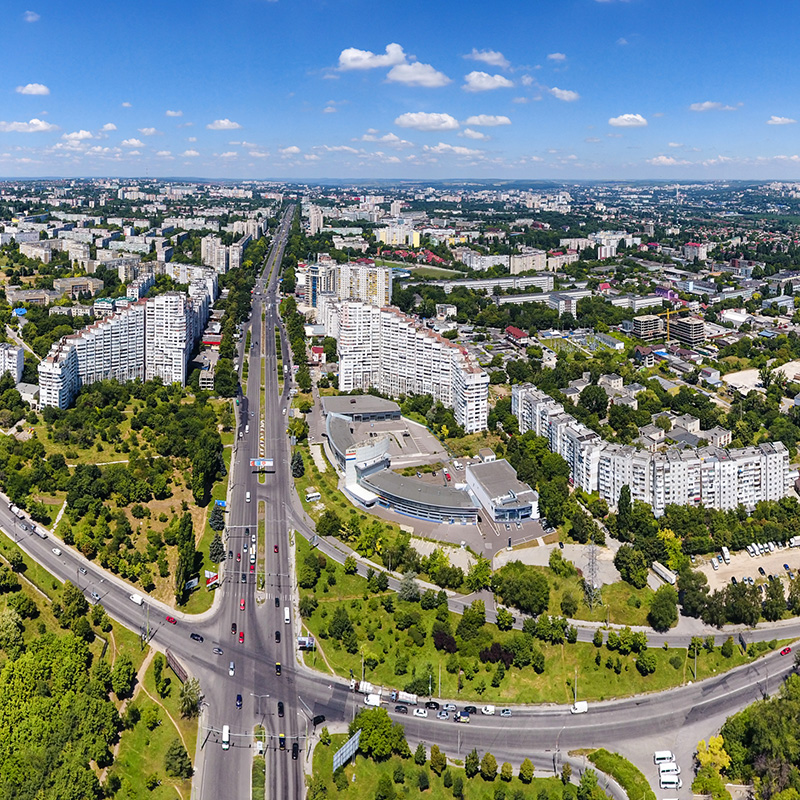
Chisinau is located in the south-central part of Moldova. With 700,000 residents, the capital is also the country's largest city. Chisinau faces multiple climate-related challenges, which it aims to tackle by implementing nature-based solutions. With the "Trees in Cities Challenge", Chisinau aims to reduce urban pollution and temperature; increase green cover for the benefit of the entire urban population; engage residents and increase their environmental awareness. Chisinau pledged to plant 100,000 trees and has planted half of them so far. In 2020, the city has planted 60 different tree species along streets and in parks during a National Day dedicated to trees and has distributed free planting material to all interested citizens as well as educational and health institutions.
Helsingborg
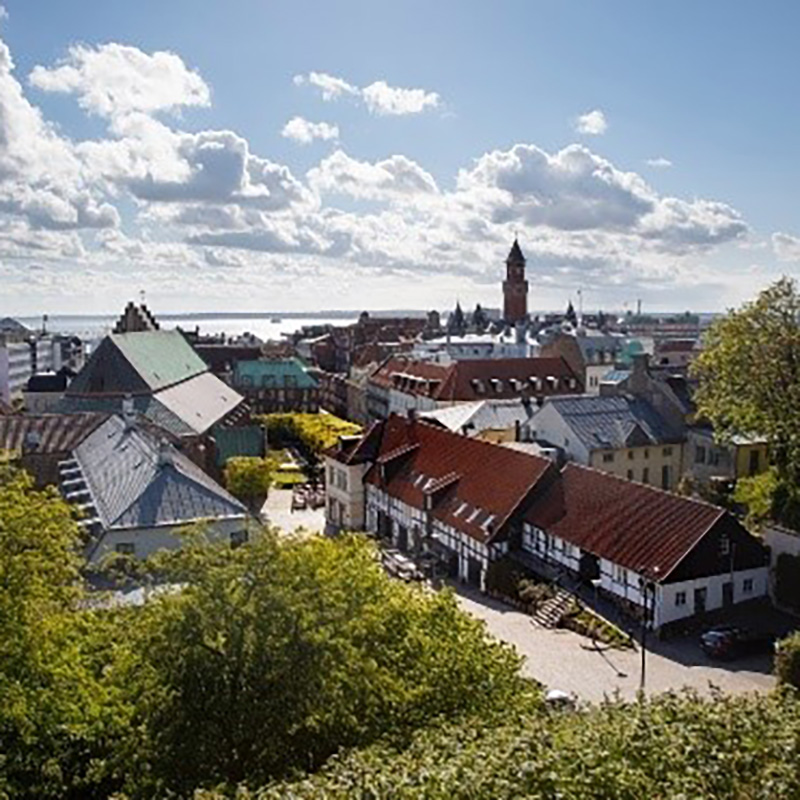
Helsingborg, one of the oldest cities in the Nordic region, is home to more than 110,000 people. For the fourth time in a row, the city was named the most environmentally friendly city in Sweden, reflecting Helsingborg's multiple efforts to create a more sustainable and environmentally sound urban environment, underlined by its aim to reach net zero emissions by 2035. By participating in the "Trees in Cities Challenge", Helsingborg aims to increase its tree canopy and unlock the benefits that trees and forests in the urban environment provide. Helsingborg exceeded its pledge by more than 10,000 trees, planting over 18,000 trees of 40 different species by the end of 2020. The city continued its commitment to the initiative by pledging to plant an additional 8,000 trees throughout 2021 and creating a dedicated website to promote its efforts and engage citizens.
Kfar Saba
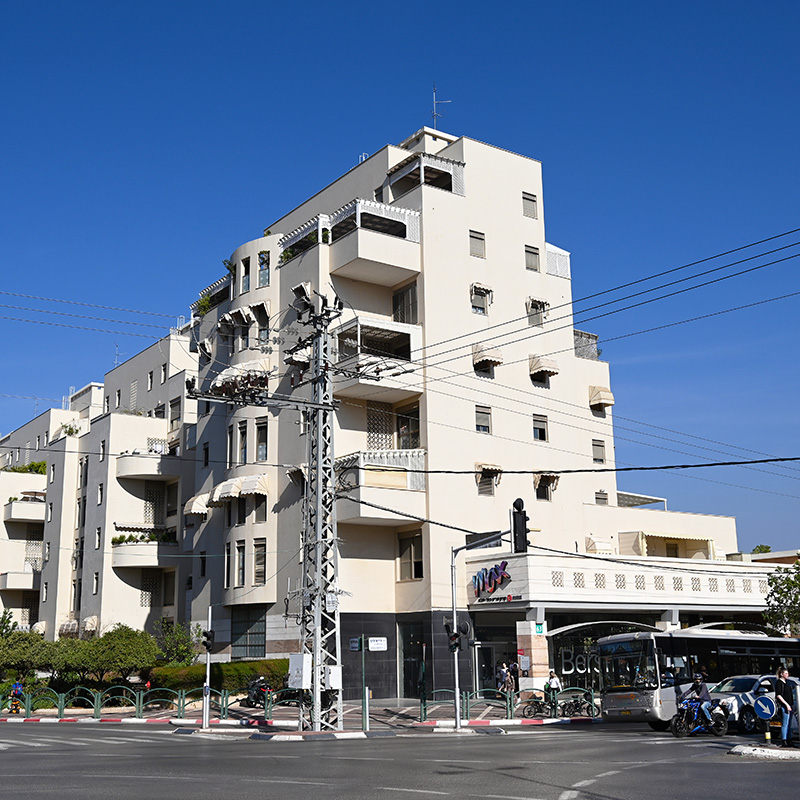
Kfar Saba is a city northeast of Tel Aviv accounting for 106,000 citizens. For many years, Kfar Saba has placed the environment at the core of its activities and has been recognized as the first green city in Israel. The city is participating in the "Trees in Cities Challenge", pledging to plant 1,001 new trees. By doing so, the aims to reduce the city's urban temperature, mitigate climate change and enhance the well-being of urban dwellers. In preparation for the planting activities, the city monitored its urban vegetation and reviewed its natural resource management to identify and prioritize planting sites. Moreover, Kfar Saba implemented an urban gardening program. The city exceeded its pledge by almost one and a half times, planting 1,456 new trees across five districts of the municipality using 21 species.
Lakatamia
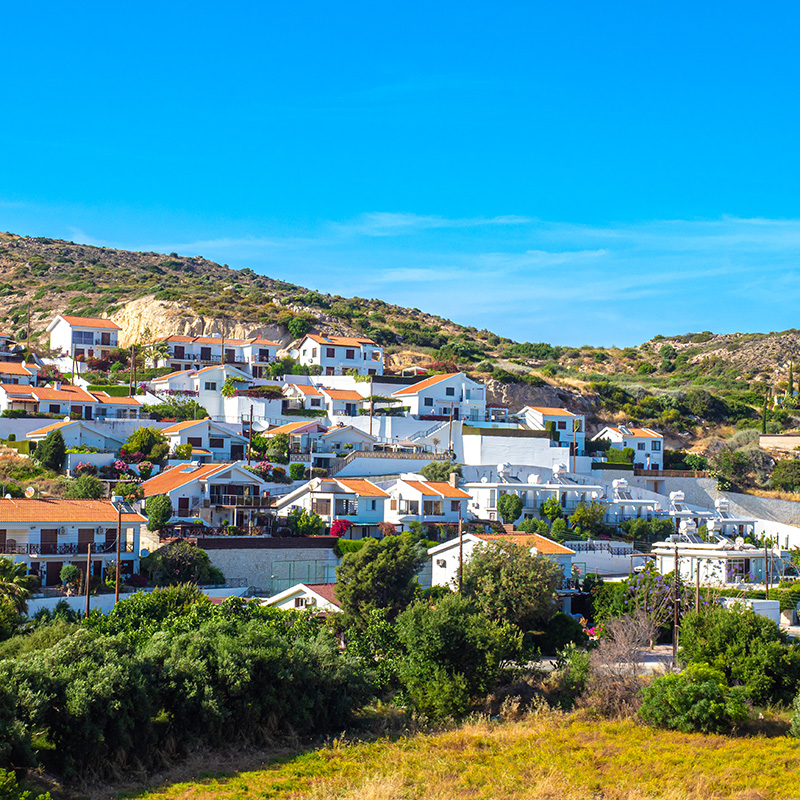
Lakatamia is a municipality in Cyprus located in the Nicosia region and accounts for about 40,000 inhabitants. By participating in the "Trees in Cities Challenge", the city seeks to contribute to the global fight against climate change and enhance environmental awareness of citizens by encouraging them to participate in planting activities. The municipality manages approximately 25,000 trees in its urban area and aims to double this number in the next three years. As a first step, Lakatamia pledged to plant 3,000 new trees under the "Trees in Cities Challenge", of which 1,300 new trees have been planted across the municipality so far.
Lincoln
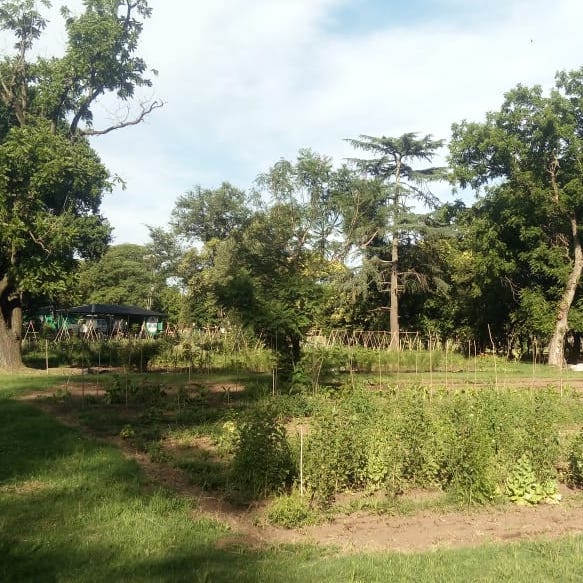
In 2017, the Municipality of Lincoln created a plant nursery to produce plants and trees, supplementing the acquisition of more mature trees. This supports tree planting and afforestation in city squares, parks and public spaces in the city, including deliberate efforts to diversify the tree species in the city.
Many of the trees that are renewed in the city are native species from the region, as part of an intentional effort to strengthen the local ecosystem as a home to Argentinian flora and fauna.
Linz
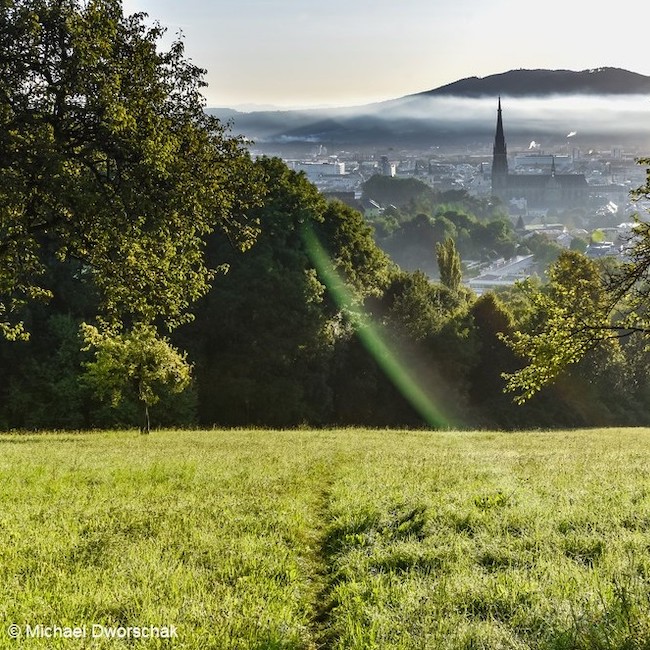
The city of Linz is located in the center of Upper-Austria and accounts for about 200,000 inhabitants. This city is facing multiple climate-related challenges including the urban heat island effect. In 2019, Linz adopted its first "Climate Strategy" covering six thematic areas including organization, research and information, urban design, building and green space, energy, nature and food, mobility and traffic. One of the most important actions the city follows to reduce the urban heat island effect is called the "tree planting offensive". This offensive includes planting 1,000 large-crowned trees on eleven streets. By planting trees, the city seeks to enhance the natural environment and air quality, improve its resilience to climate change impacts and contribute to a healthier, more livable urban environment.
Malaga
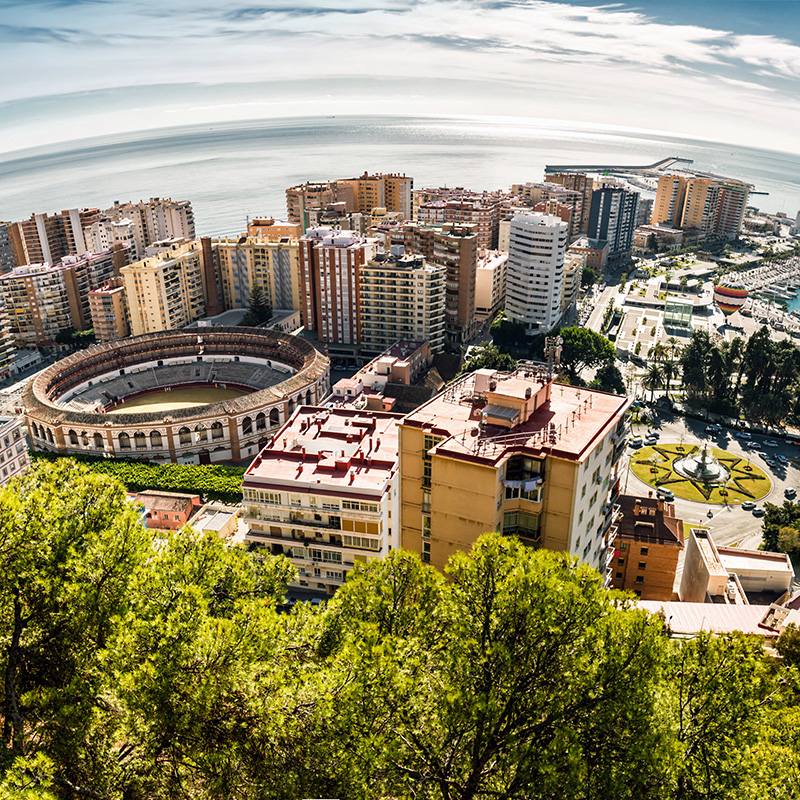
The city of Malaga on the Spanish Mediterranean Costa del Sol is home to almost 570,000 residents. The pledge to plant 15,000 trees is in line with the city's "Urban Forestry Management Plan". By participating in the "Trees in Cities Challenge", Malaga aims to adapt its urban forestry to climate change and improve the planning, management and protection of its urban and peri-urban trees and forests. The city implemented its pledge by planting 15,269 new trees of nine different species adapted to the local climate within the city area and the surrounding landscapes, thereby restoring fire-affected sites and areas that have been deforested in the past.
Mannheim
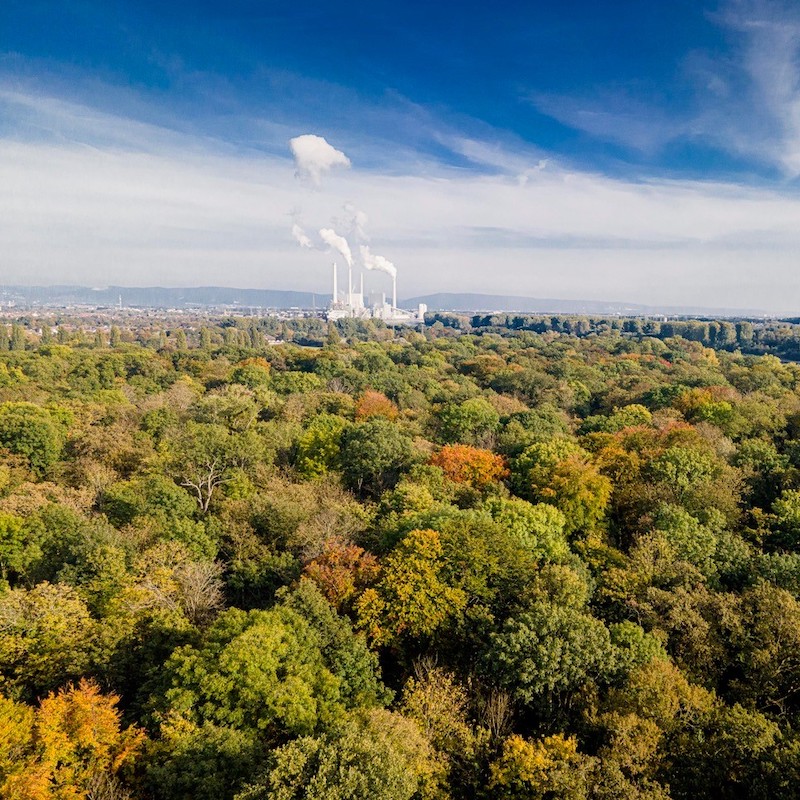
With 309,721 inhabitants, Mannheim is the second largest city in the Baden-Württemberg region of Germany. Over 1,800 hectares of forest surround the city and with the mission statement "Mannheim 2030", the city is implementing the 17 SDGs of the United Nations at the local level. As a Local Green Deal pilot city, Mannheim also supports the EU-Green Deal field of action, "Preserving ecosystems and biodiversity" with concrete agreements. The city's vision for their forest is to develop a healthy, ecologically valuable and climate-stable mixed forest. Mannheim's forest invites recreation, provides habitat for species and contributes to the city's CO2 neutrality through sustainable wood use. Pine forests in Mannheim, that are not adapted to the climate, are being converted into near-natural, multi-level mixed deciduous forests.
Mexico City
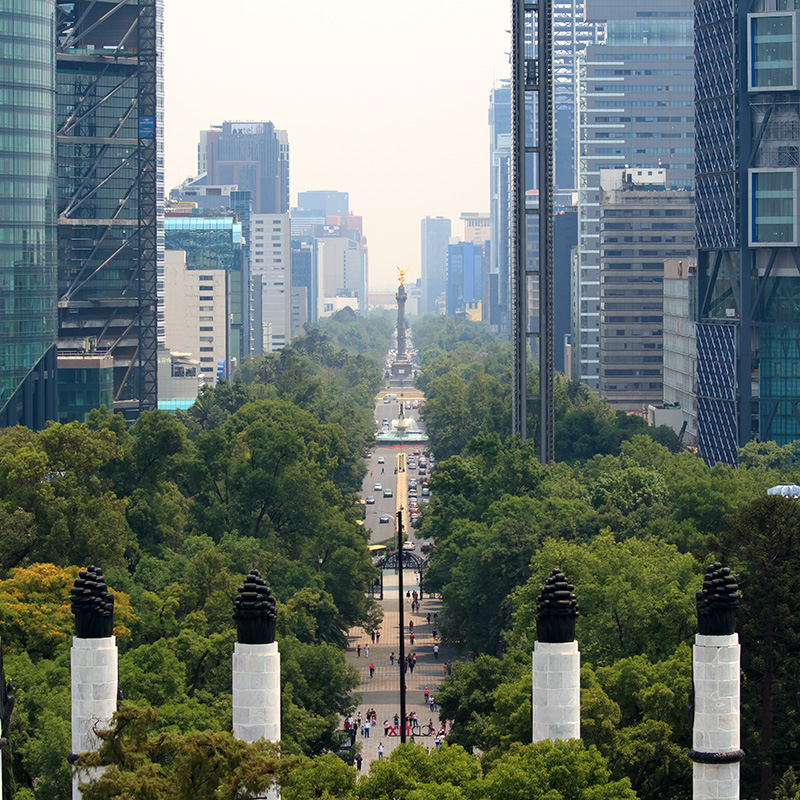
With almost 22 million inhabitants, Mexico City is the country's most populous city. One of its most significant urban challenges is the city's poor air quality, which the city government aims to tackle through the "Plan Verde" (Green Plan). By participating in the "Trees in Cities Challenge", Mexico City aims to preserve and enhance biodiversity, strengthen the environmental awareness of its residents and enhance ecosystem services in its urban area. By mid-2021, the city implemented 98% of its pledge to plant 8 million new trees and shrubs, along with other activities, including the creation of 450 pollinator gardens and boosting the plant production of native species in its nurseries.
Moscow
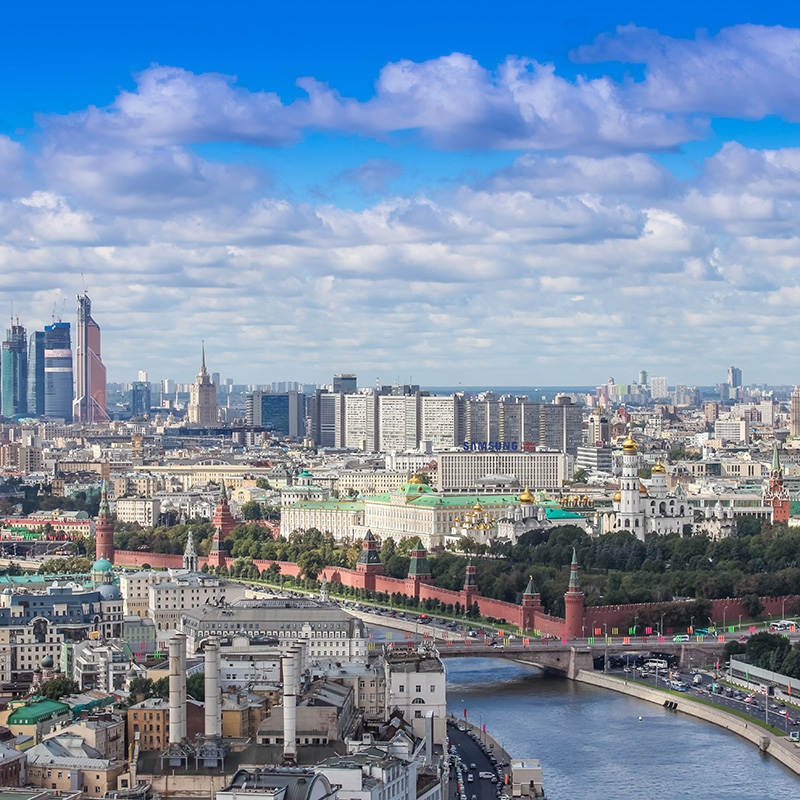
Moscow, with a population of over 12 million, is the capital of Russia and one of the world's megacities. In 2013 Moscow launched the "Million Trees" initiative, which saw more than 4 million trees planted together with citizens so far. To signal its willingness to continue such efforts, the city participates in the "Trees in Cities Challenge", pledging to plant almost 83,000 trees in its urban area, including parks and courtyards. Moscow thereby seeks to engage citizens in the selection of tree species and encourage courtyard gardening, to organize educational events dedicated to the importance of trees and forests in the urban context as well to monitor green spaces and perform disease and pest prevention measures.
Nof Hagali
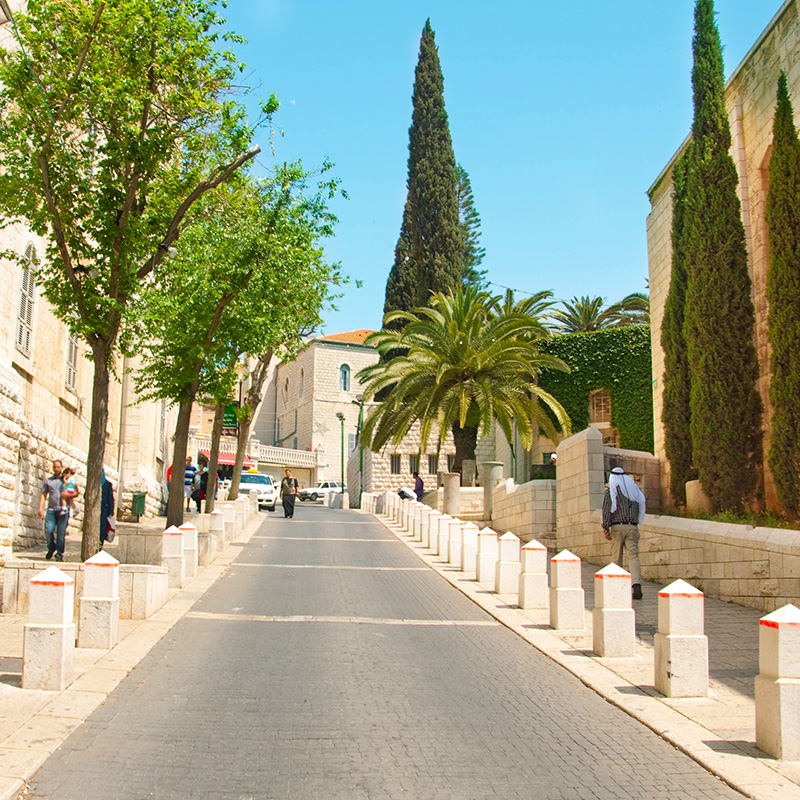
Nof Hagalil is located in the Galilee region in the northern part of Israel and is home to about 45,000 people. As part of its sustainability efforts, Nof Hagalil participates in the "Trees in Cities Challenge" and pledged to plant 1,200 new trees. With its participation, the city seeks to access and enhance ecosystem services that trees and forests within and near cities provide, for instance by planting fruit trees that provide healthy, free, accessible food for citizens. The city exceeded its initial pledge by 1,000 trees, and encourages residents to become tree sponsors by donating trees, thereby strengthening local engagement and participation.
Podgorica
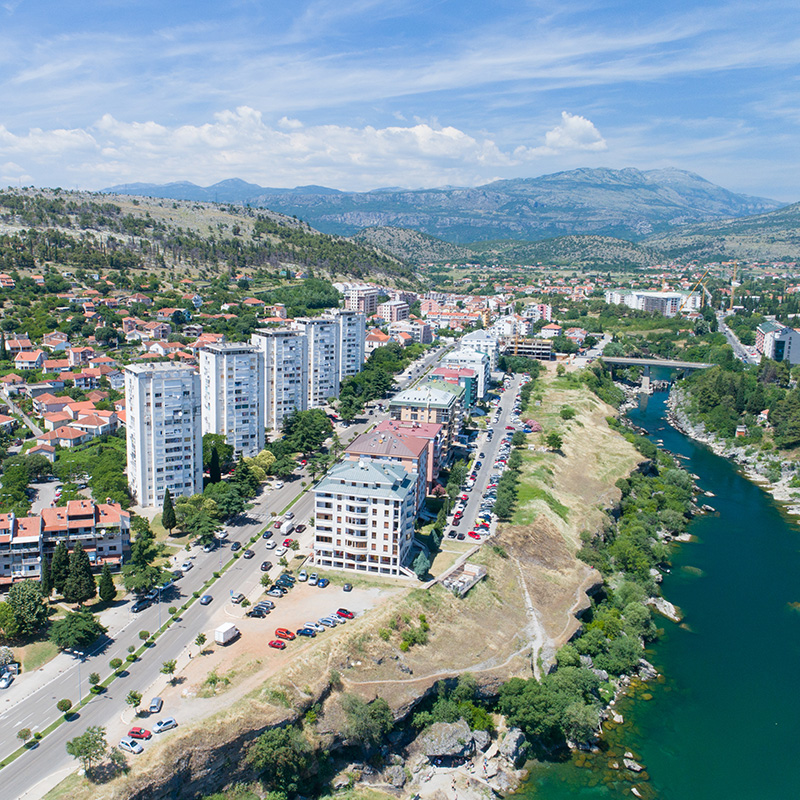
Podgorica, with almost 190,000 residents, is the capital and largest city in Montenegro. The city faces many environmental challenges, which it aims to tackle by participating in the "Trees in Cities Challenge". One of the main goals is to restore the forest park that has been damaged by natural disturbances, and increasing canopy cover, thus cooling the urban area, improving air quality and increasing the quality of life for Podgorica's residents. Podgorica pledged to plant 10,000 trees of which 869 have been planted so far. To support the implementation of its pledge, the city initiated the project "My TREE" in cooperation with two local companies. Within the project, a mobile application has been developed to encourage citizens to donate trees.
Sofia
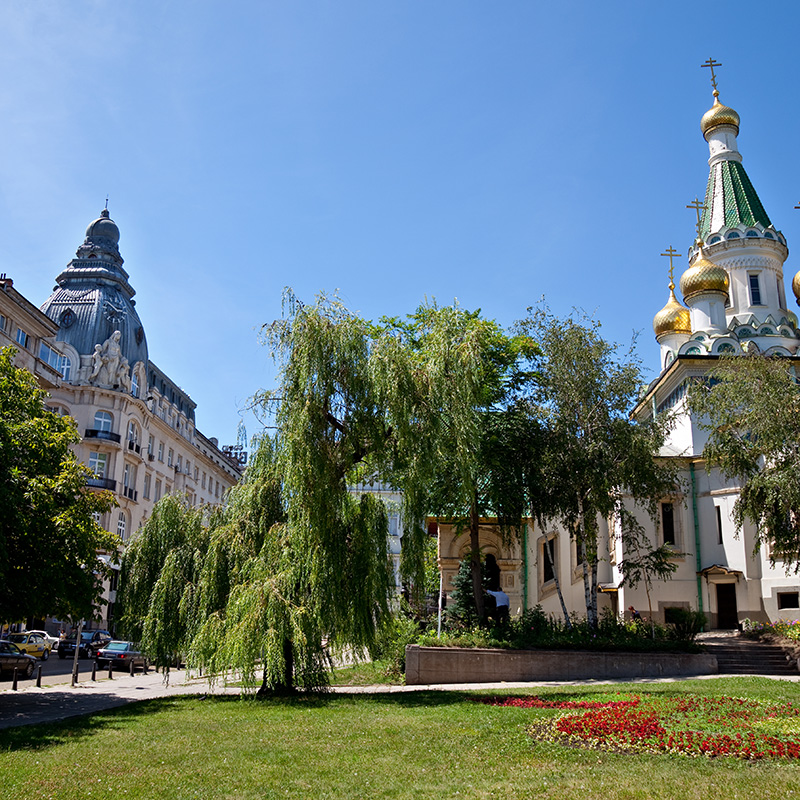
Sofia, the capital of Bulgaria, counts over 1.2 million residents. Seeking to increase its urban canopy cover, Sofia took part in the "Trees in Cities Challenge" pledging to plant 12,486 new trees. With its new urban forest, the city aims to increase its resilience to climate change and improve air quality. In 2020, over 22,000 new trees have been planted, 17,000 together with citizens and companies as part of Sofia's initiative "New Forest of Sofia". The city exceeded its pledge by more than 10,000 trees, planting them along streets and boulevards, in parks and courtyards of public institutions. To promote its planting activities, the city created a dedicated website and is reaching out to its residents through social media.
Tbilisi
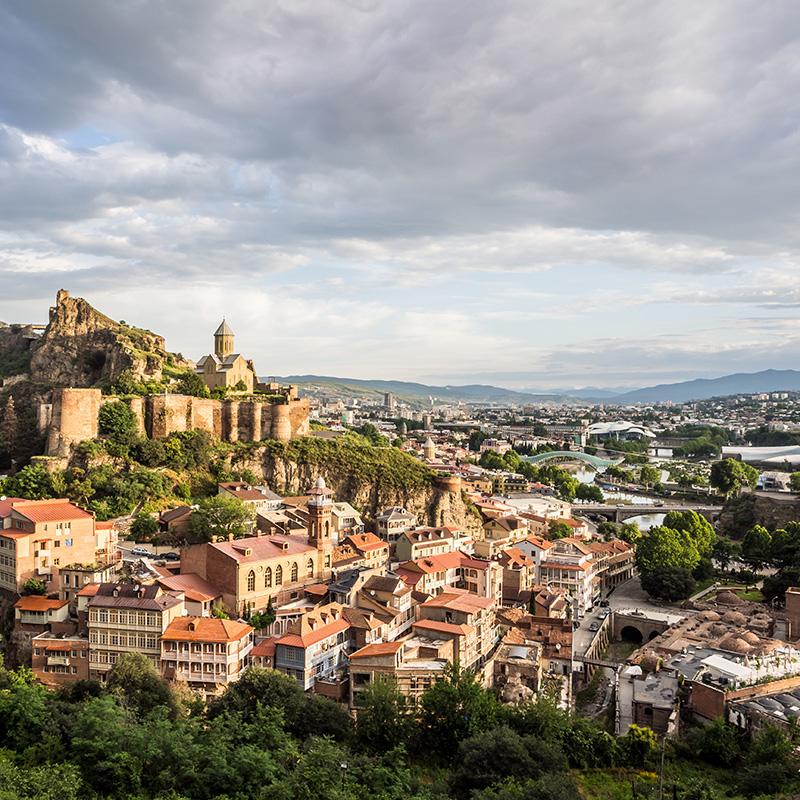
The Georgian capital Tbilisi accounts for a population of around 1.2 million, and faces some major urban challenges, including poor air quality. The city takes part in the "Trees in Cities Challenge", which is aligned to its urban forest and greening strategy and the "Tbilisi Resilience Strategy 2030". Tbilisi pledged to plant 10,000 new trees and aims to protect and expand its urban forest. The city exceeded its pledge by 3,000 trees, planting 13,000 new trees in total across the capital. To promote these tree planting activities, Tbilisi created a video clip that is available here.
Tel Aviv-Yafo
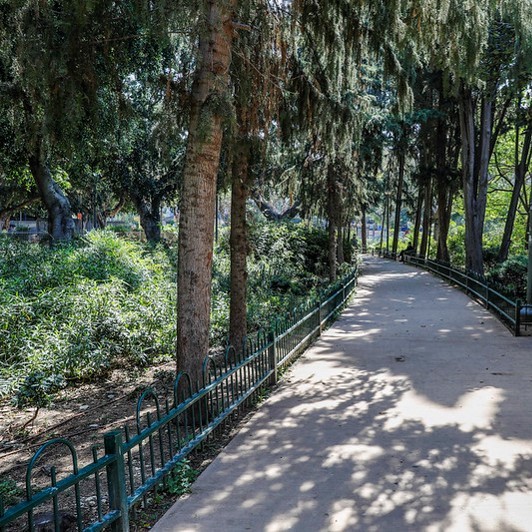
In 2020, the Tel Aviv-Yafo Municipality launched its Climate Adaptation Action Plan. One of the flagship programs developed within this framework is the "Urban Forest Plan", which aims to promote a green and solid urban framework, based on high-quality trees that provide shade, in areas across the city, benefitting the city's residents, visitors and the overall ecosystem. The plan addresses different aspects related to trees in the city: construction plans, mapping and maintenance, planting new trees, and community participation. The plan was launched with, among other things, a quantitative target of adding 100,000 trees by 2030.
Tirana
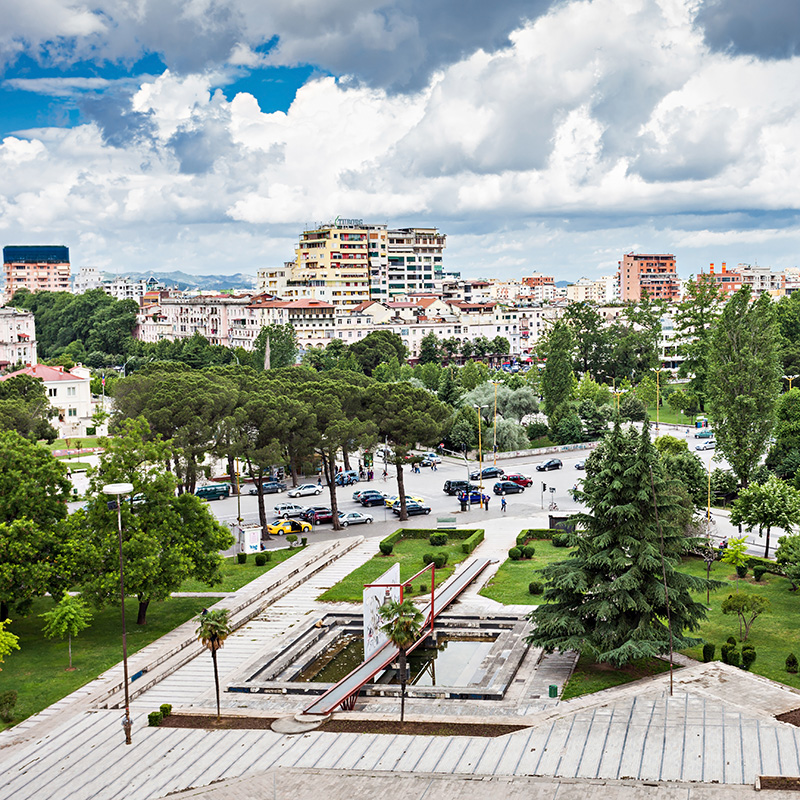
Tirana is the capital of Albania and has around 476,000 residents. Urban sprawl, lack of energy efficiency, air pollution and other environmental issues are some of the challenges the city faces. Tirana is implementing the "Green Local Plan Tirana 2030" including strategies to create a green belt that consists of 2 million trees around the city - the "Orbital Forest" - as well as the creation of two green rings within the urbanized area. In connection with all these greening efforts, Tirana participates in the "Trees in Cities Challenge" and pledged to plant 500,000 new trees. Thereby, the city seeks to enhance the natural environment and biodiversity, improve air quality, increase its resilience to climate change impacts and create a healthier, more livable urban environment.
Turin
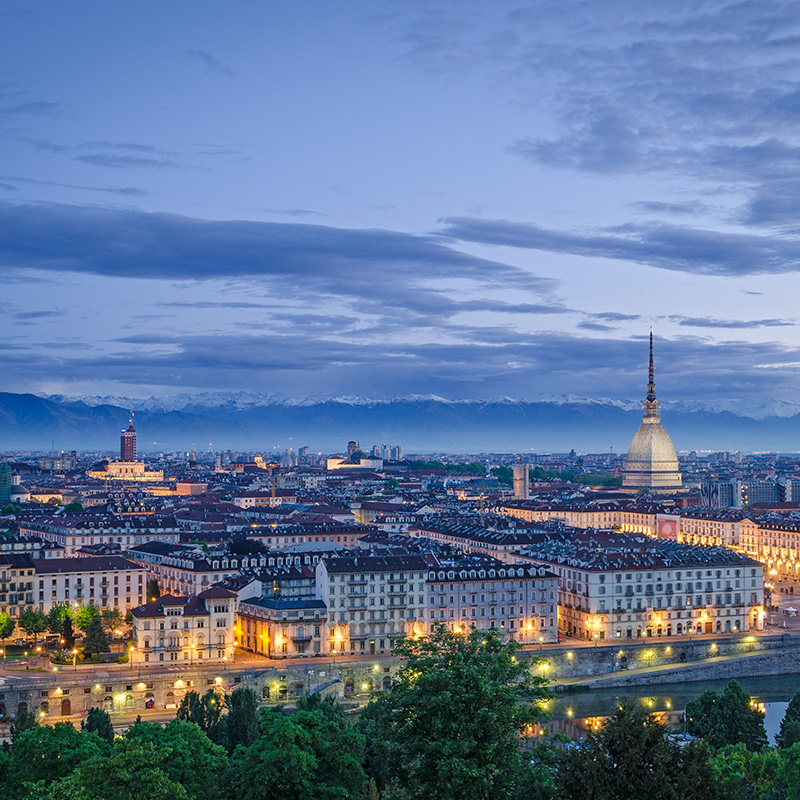
The city of Turin is located in the region of Piedmont in the northwest of Italy and is home to 880,000 people. To overcome social, economic and environmental challenges, Turin initiated a transformation to become more sustainable and liveable. This is reflected in the current "2030 Action Plan for a Sustainable and Resilient Turin" which aligns with the city's participation in the "Trees in Cities Challenge". The pledge to plant 1,000 trees is implemented along with the development of a "Sustainable Urban Forest Management Plan" - one of the first plans of that kind in Italy – and the creation of a "Strategic Green Infrastructure Plan" to guide the management of, and investment in, green infrastructure. Together with a corporate sponsor, Turin planted 3,000 trees and overall 18,000 trees, considerably exceeding its pledge of 15,000.
Vancouver
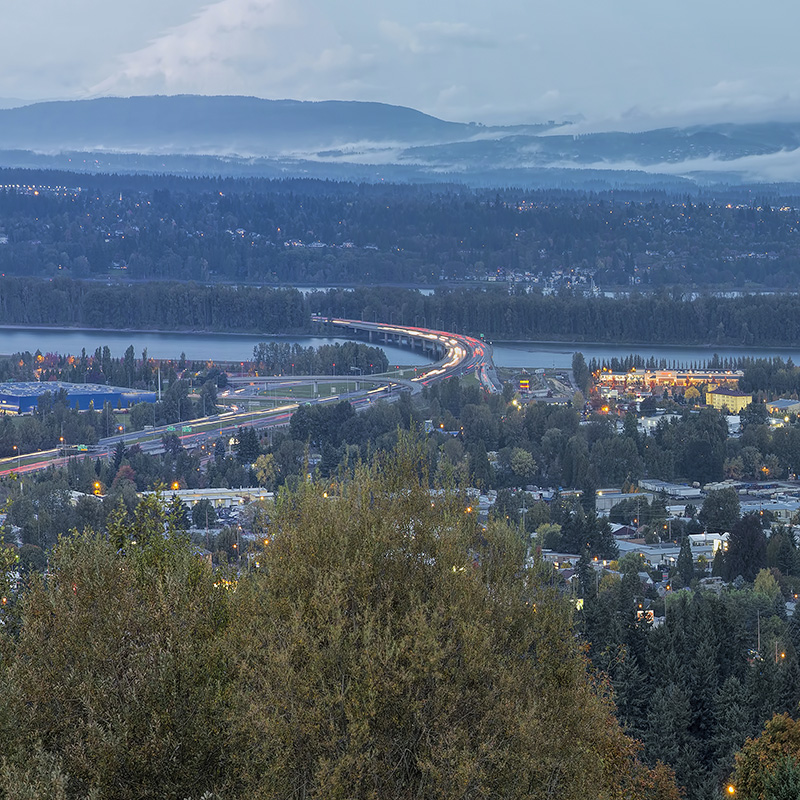
Vancouver is in the northwest of the USA and counts about 185,000 residents. Under the "Urban Forestry Management Plan", Vancouver works with neighbourhoods, businesses and community organizations to ensure equitable distribution of the benefits of urban trees and forests. The city participates in the "Trees in Cities Challenge", which is aligned with its management plans. Originally committing to expand the canopy with 1,000 new trees, the city ended up planting 1,486 trees in total, with more than 80 different species that were introduced and planted in parks, several neighbourhoods and courtyards of schools. Vancouver also prepared a "Tree Planting Report" that includes guidelines and information on tree planting for residents and provides free trees to property owners.
Victoria
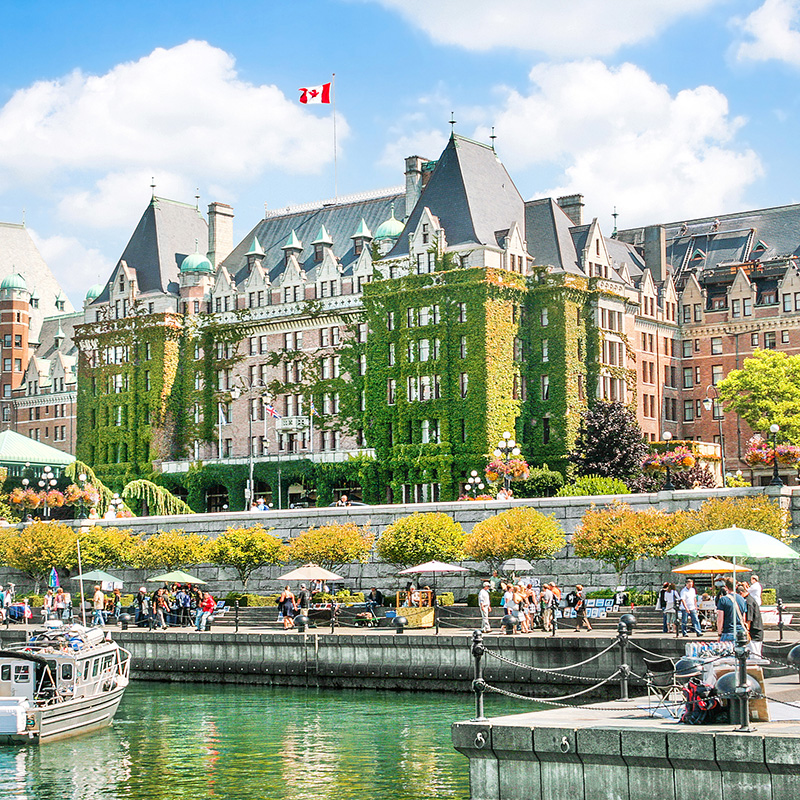
The city of Victoria is located at the southern point of Vancouver Island and is inhabited by over 92,000 residents. By participating in the "Trees in Cities Challenge", the city aims to mitigate and adapt to the changing climate by increasing its canopy cover. In 2019, Victoria pledged to plant 5,000 new trees, 500 of which are on public and 4,500 on private land. Victoria also undertook many activities to raise citizens' awareness about the importance of urban and peri-urban trees and forests. To date, 678 trees have been planted on public land along boulevards and in parks and an additional 87 trees have been planted on private properties in 8 neighbourhoods across the municipality. Overall, more than 80 different tree species have been introduced.
Yedud Monosson
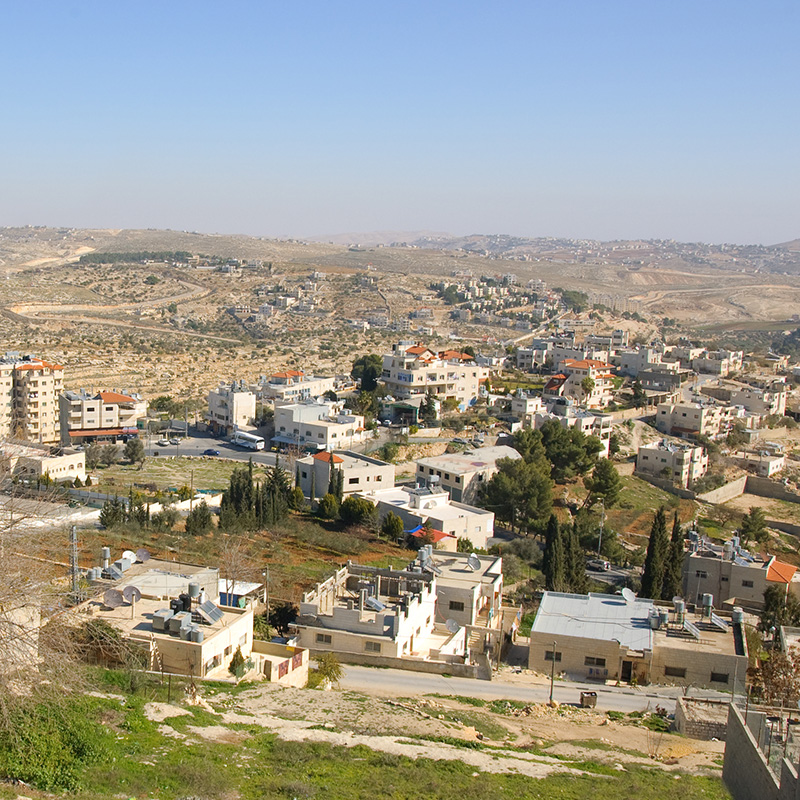
The city of Yehud Monosson is located in the centre of Israel and accounts for around 30,000 inhabitants. By participating in the "Trees in Cities Challenge", Yedud Monosson seeks to reduce the urban temperature by planting trees that provide valuable shade. This also reduces the city's dependency on energy-intensive cooling infrastructure, which in turn reduces greenhouse gas emissions. Yehud Monosson also aims to improve the overall quality of life and promote healthy lifestyles for residents by planting fruit and evergreen trees improving green spaces between residential buildings, public spaces and community orchards. Yehud Monosson pledged to plant 450 new trees, which was successfully implemented in 2020. Over 80% of those newly planted trees are fruit and olive trees that provide free accessible food to the city's residents.
latest news
VIDEOS
FIND out MORE
-
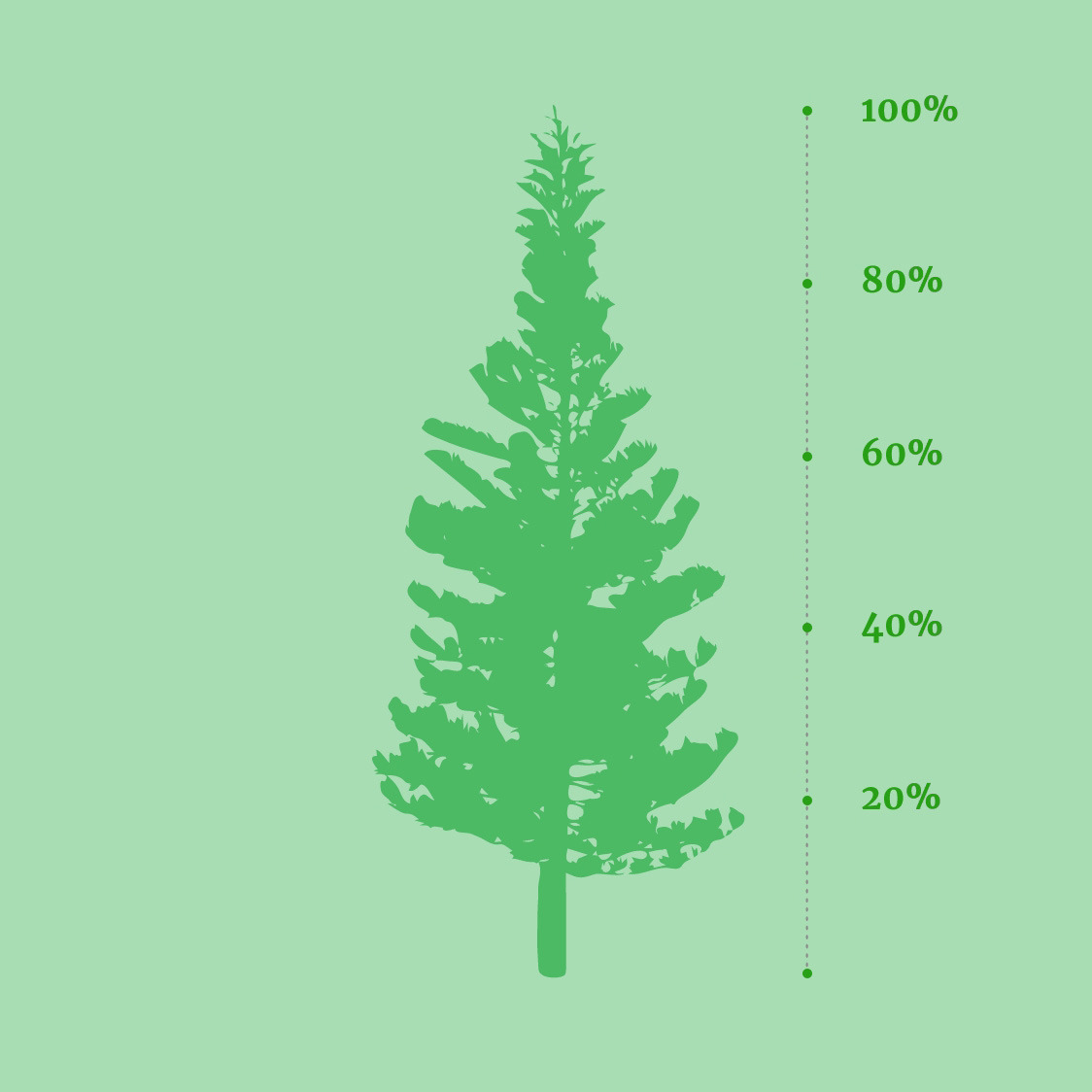
Explore the Tree-O-Meter, measuring the achievement of the Trees in Cities Challenge
-
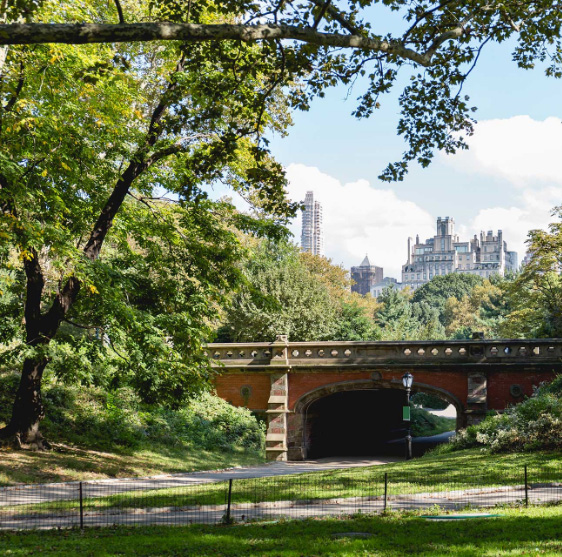
Learn more about the participating cities
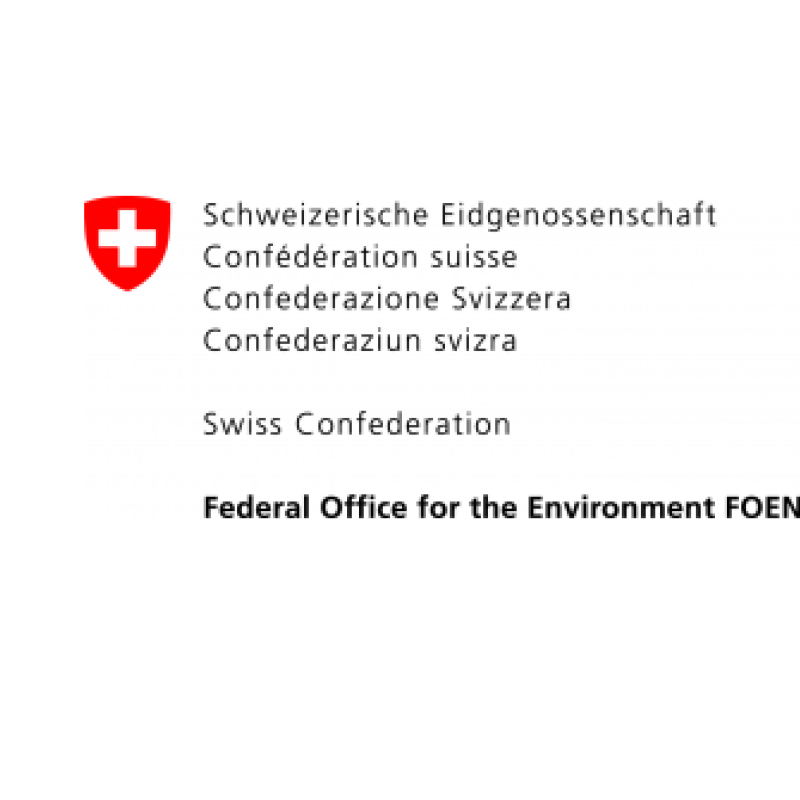
PREPARED WITH THE GENEROUS SUPPORT FROM THE GOVERNMENT OF SWITZERLAND
Source: https://treesincities.unece.org/
0 Response to "big tree dividing a city drawing"
Post a Comment